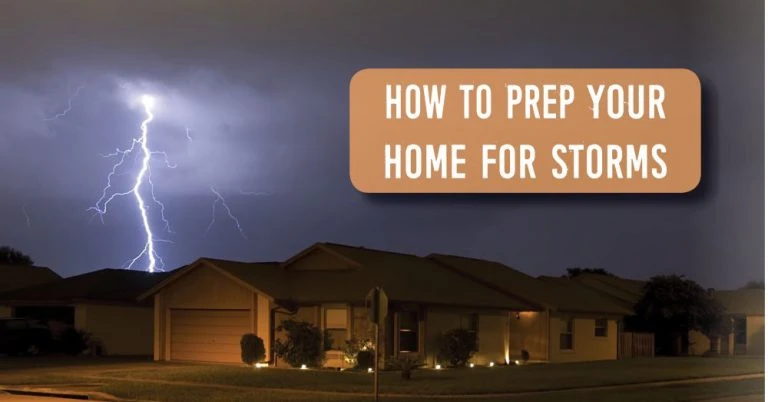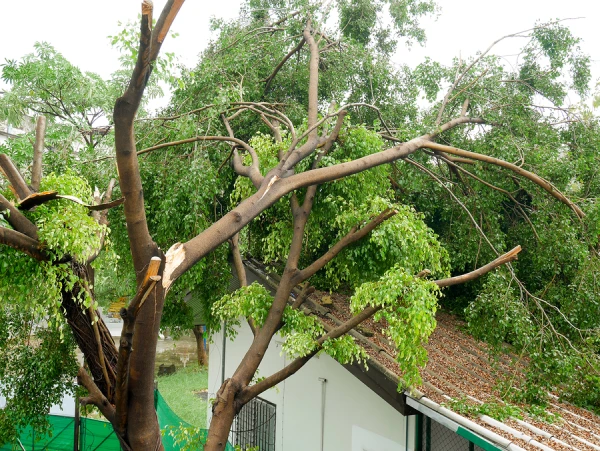
Whether your region is prone to hurricanes, blizzards, tornadoes, flooding or wildfires, it’s important to know the best ways to keep your home and family safe. Having evacuation plans, packing emergency bags and staying aware of the threat of oncoming storms are important to your personal safety. We’re here today to talk specifically about how you can protect your home from excessive damage caused by flooding, high winds and extreme temperatures.

Let’s start with the inside of your home…
- Stuff happens! And it seems to happen when we least expect it… so don’t wait until it’s too late – be sure you’re up to date on all your home & auto insurance in case of damage during storms.
- Keep flashlights around the home. Nothing worse than stubbing your toe or falling down the stairs when the power goes out unexpectedly!
- Check your carbon monoxide and smoke detectors. These things exist to alert you to danger, so let’s start by making sure they work!
- Implement full-house surge protection. Your expensive devices are now safe from any unexpected surges that happen during those pop-up storms.
- Consider investing in a generator. Going without power for a long period of time will lead to spoiled food, and an inability to carry on with your daily routine. Worse than that is having no way to heat or cool your home during that time – this is dangerous during the wintertime both for your family but also, your pipes could freeze. Also, you need power for your sump pump to prevent flooding.
- Always keep at least a few days’ worth of food in your pantry in the event your power goes out and you’re unable to consume what’s in the fridge. Also, having hand sanitizer and baby wipes can come in handy if you’re unable to use running water!
- Inspect your home to be sure it’s properly insulated and all windows/doors are sealed. Water damage is costly, but so are your utility bills when you’re in a drafty home during the colder months!
- Be mindful of what’s in storage. If your shed or garage house harsh pest poison or garden chemicals, keep them well above ground level in case of a flood.

Now for the exterior…
- Trim the trees surrounding your home. Hire a professional if you don’t know what to look for, or how to do this safely. High winds causing significant debris to fall onto your home can cause a lot of costly damage. Also, dead or dying trees or shrubs are dangerous in regions affected by wildfires.
- Have your gutters cleaned and inspected. Properly working gutters will help you avoid flooding and water damage to your roof, fascia, siding and foundation. Clogged gutters that cannot drain water away from your home are useless. In the winter months, standing water that freezes can end up cracking and irreversibly damaging your home. Replacements are no fun – but they’re avoidable!
- If a windy storm or hail is in the forecast, either secure or relocate outdoor belongings such as patio furniture, grills, lawn care equipment and more.
- Install storm shutters to protect your windows from high winds and debris. Along the same line, consider having window film put on your windows. In addition to reducing glare, fading and cutting down energy consumption, window film strengthens your glass to prevent it from shattering. If your glass DOES break due to flying debris or extreme weather, film binds the dangerous shards together, much like a car windshield.
Stay safe out there!
